My interview with Jimmy Moore is up: Paul Jaminet Offers ‘Perfect Health’ (Episode 453).
For new visitors, we are a low-to-moderate-carb Paleo diet that resembles traditional Pacific Islander and East Asian diets. But our focus is on optimizing health and healing and preventing disease through diet and nutrition.
Our book offers a four-step program for perfect health. Steps One and Two implement a low-carb Paleo diet. Step Three optimizes nutrition, and explains why everyone needs to supplement a little. Step Four discusses how to optimize immunity to heal and prevent disease.
Some posts you might find interesting:
- Low Carb Paleo, and LDL is Soaring – Help! and Answer Day: What Causes High LDL on Low-Carb Paleo? discuss reasons why LDL levels can become high on a low-carb Paleo diet.
- Ketogenic Diet for NBIA (Neurodegeneration with Brain Iron Accumulation) tells the heartwarming story of two boys with a fatal and excruciatingly painful genetic disease that are being helped by a therapeutic ketogenic diet.
- Jimmy and I discussed zero-carb dangers. Here are a few posts from that series: Dangers of Zero-Carb Diets, II: Mucus Deficiency and Gastrointestinal Cancers; Danger of Zero-Carb Diets III: Scurvy; and Dangers of Zero-Carb Diets, IV: Kidney Stones.
Thanks Jimmy! I had a lot of fun talking to you, and I hope your listeners enjoy the interview and our site!







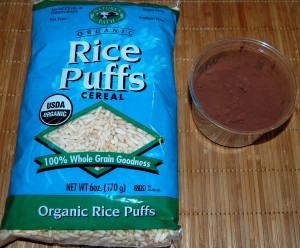
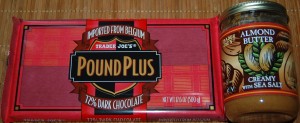
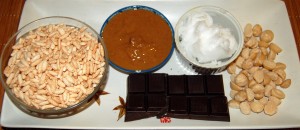
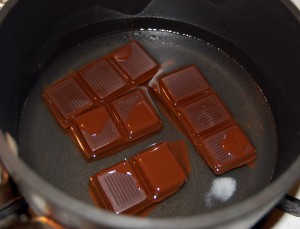
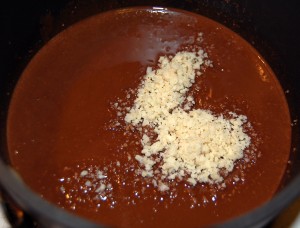
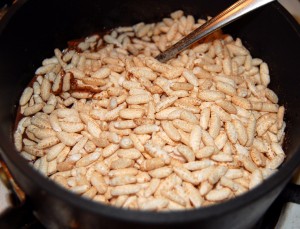
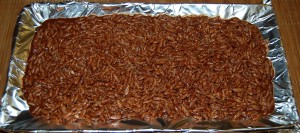

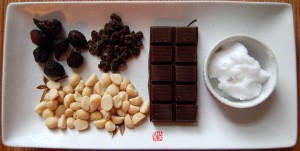
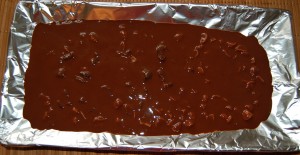
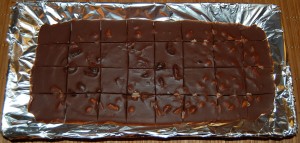







Recent Comments